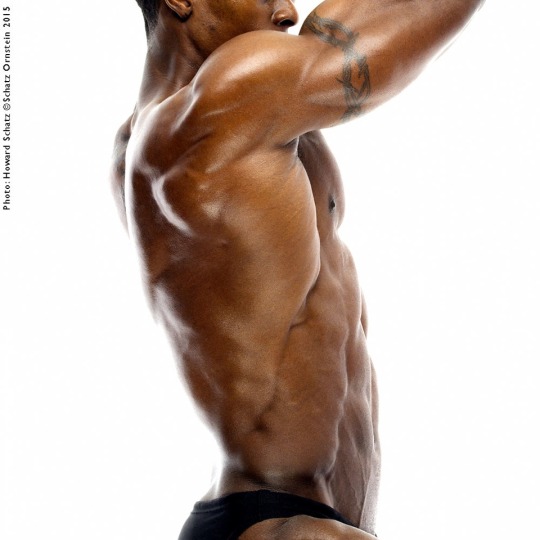
This note concerns the gym that I build in my studio and use to study photographically the musculoskeletal system of the many athletes with whom I work. This is how the idea for the gym came about…
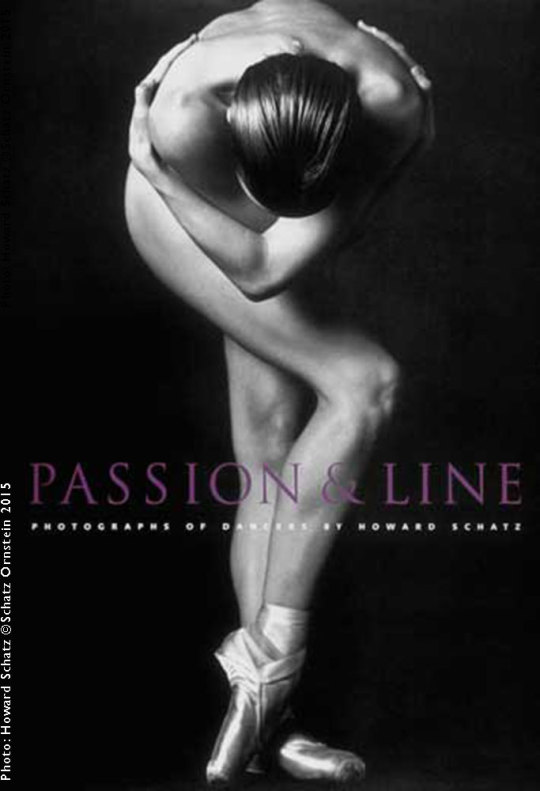
After my book of dance images, “PASSION and LINE” was published,
I began what is now a long-term exploration of athletes in a kaleidoscopic range of sports. After many years and thousands of photographic studies, I am not anywhere close to done.
Dancers and athletes leap, run, twist, bend, and lift. In addition, athletes perform a great many specialized physical maneuvers such as swing, hit, kick, grab, throw, heave, catch, skate, ski, swim, dunk, dive, box, bike, and ride.
Here are a few of the athletes I’ve photographed in action and at rest.

In a highly specialized and specific motor challenge, Adam Setliff, Olympic discus thrower.
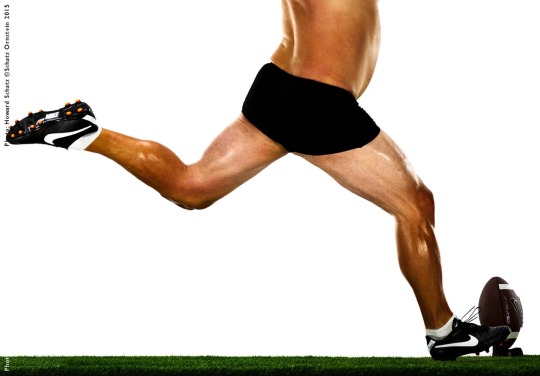

The NFL kicker, Sebastian Janikowski, an athlete required to do one single thing,under serious pressure.
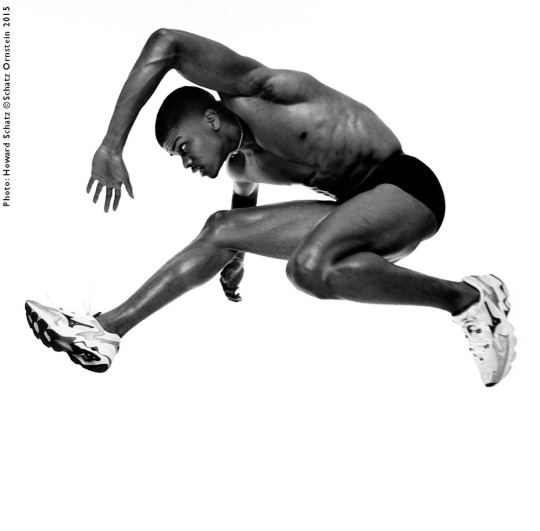
Terrence Trammell, who runs, hurdles and does it all very fast.
That’s it, his rapid repertoire!
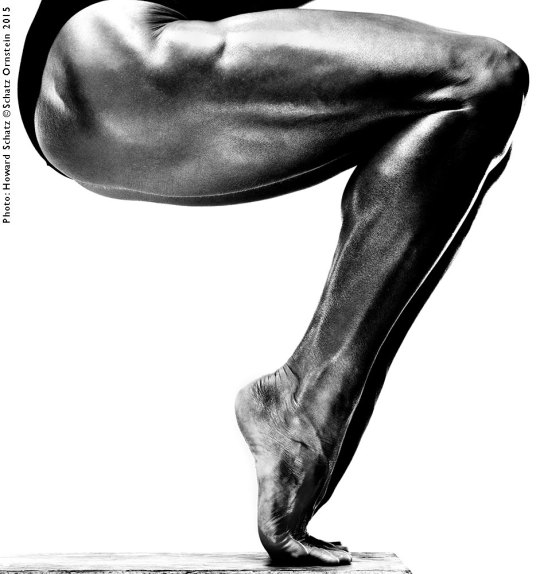
The legs of the World’s greatest Ironman woman, Chrissie Wellington: run, swim, bike.

The forearms (which hold the wheel of a race car countering the stresses of high speed) of Tony Kanaan champion race car driver.
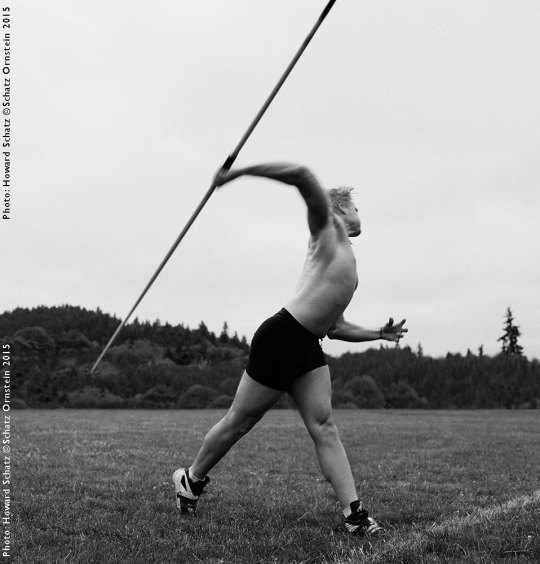

Olympian, javelin thrower Breaux Greer, shaped by a very specific
and specialized athletic task.
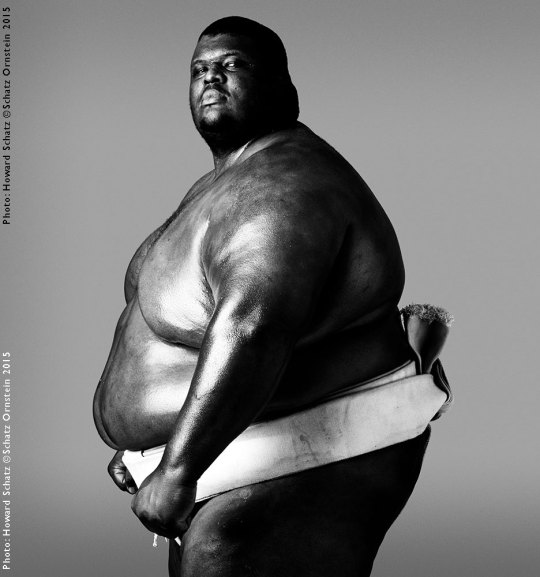
And the body of the late Sumo wrestler, Emanuel Yarbrough. The task? Hold, push,pull down opponents equally large and strong.
Great champion athletes hone their bodies to fit their sports.


These line-ups of world-class athletes, men and women, are a true study of Nature and Nurture – the body fits the sport, and visa versa. Certain body types work best for certain sports, and the training for a given sport will further shape the physique that spells success in that sport.
Within a few years after having worked with athletes in a very concentrated fashion, I produced a large body of work, much of which HarperCollins published as “Athlete.”

After that, editorial and advertising assignments have flowed my way. The requests for new pictures – images not already in the book – are widely varied. One area frequently called for is the kind of “cut” muscular definition, depicting power, force, determination, and focus for any number of products, stories, and ideas.
A muscular athlete who is relaxed and not contracting his muscles (flexing) can look good due to his form and bulk, but with flexing it’s a whole different story. Which is why I decided to equip my studio with a small “gym.”

Brad Reikkoff, a “natural” body builder. The image on the left was made when he was relaxed and the image on the right was made five seconds later in a body-builder’s competition pose. The difference is striking.
“Natural” body building competitors do not take any banned pharmaceuticals such as growth hormones or other muscle building steroid-like drugs. Reikoff demonstrates, presumably, about the largest size human musculature can grow without adding banned drugs. Whereas this “non-natural” body builder, King Kamali told me that he ingested 100 pills per day, for a wide variety of effects, leading up to competitions.
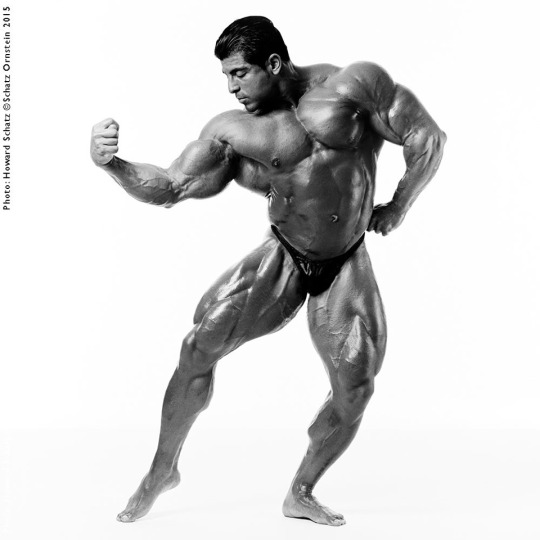

For many of the assignments that I accept, muscular contraction is an important and often essential element. Among other things, it’s a way to bring energy into an image. Many of the athletes or models do not know as specifically as body-builders just how to access certain muscles or muscle groups. I’ve had to devise a technique to do that and developed the idea of building an in-studio “gym” specifically to demonstrate any one of the many ideas and concepts required for my photography.
In general, the best way to see a muscle that is in full contraction is to have the athlete contract toward the camera, more or less. Contraction away from the camera only relaxes the opposing musculature which defeats the purpose. The “gym” is designed and built accordingly.
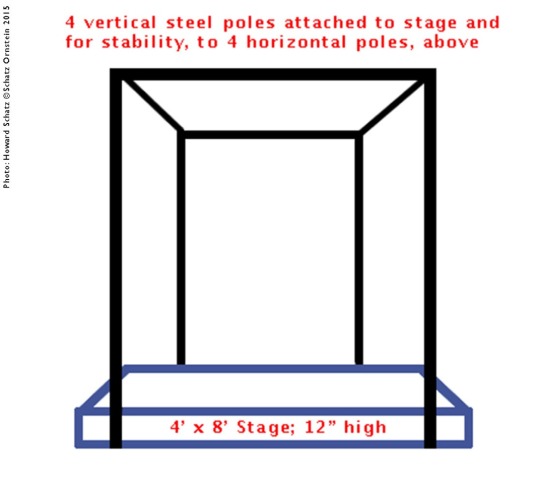
The “GYM.”
We set up a small (4’ x 8″) stage (to evoke the idea of a performance). In the front and back, four thick metal poles are attached to the stage and attached to each other at the top for stability. Heavy-duty rubberized resistant cords with hand grips are tied to various sections of the contraption according to which muscle group is to be emphasized and photographed. My assistants have set-up the apparatus so often that assembly time is usually well under an hour.
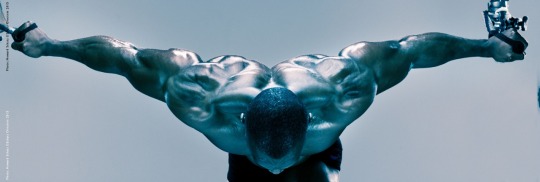
This image shows how the back muscles are accessed; holding the grips, the athlete pulled the elastic bands toward the camera with extreme effort. The solidly build “gym apparatus’ holds firm.
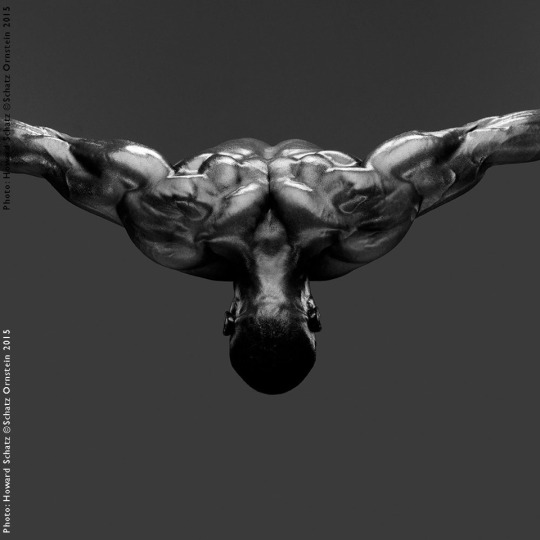
With some careful framing and artistic digital editing, this is the final image.
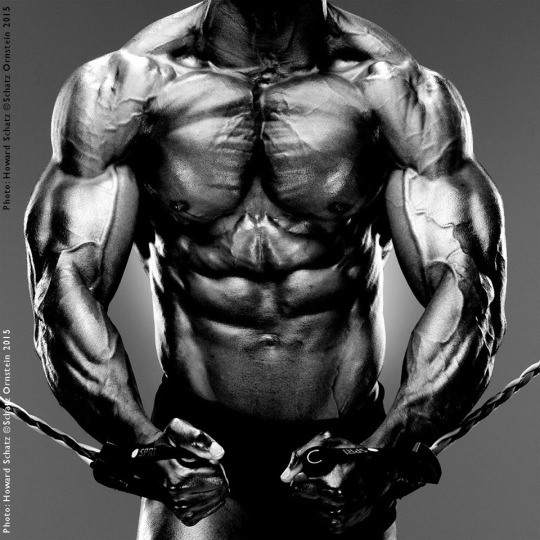
Pulling powerfully on the heavy-duty rubberized resistant cords, my body builder model Wittemberg Adolf contracts the muscles of his shoulders, arms, chest, abdominals.
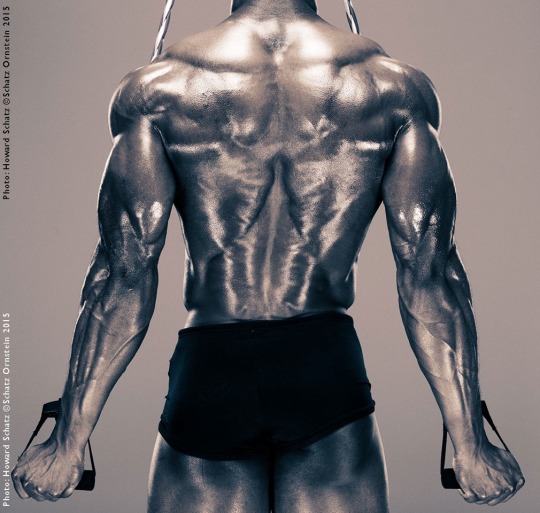
Attaching the resistant ropes to the “gym” allows contraction/flexion of upper back and shoulder musculature.

The “gym” functions to reveal musculature that is normally hidden or poorly defined, emphasized by the use of heavy resistant cords alone, in this case. Orthopedist and friend, Dr. Gerard “Rusty” Varlotta, on my left, has come to the studio a few times to collaborate with me on a project called “Surface Anatomy.” More about that in a future note. The model is Sidney Wilson.
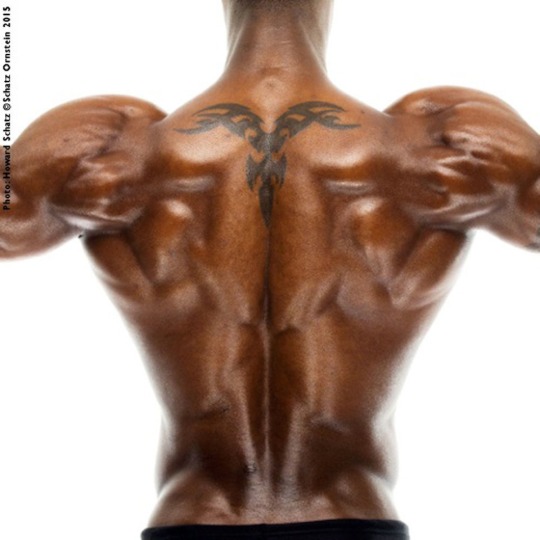
The resulting image.
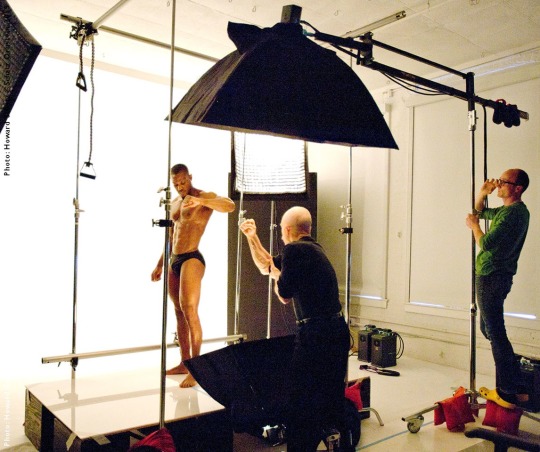
Here we discuss how to access and isolate the forearm and biceps muscles. To my right is my studio assistant Bart Babinski, who built the mini-gym in this image.
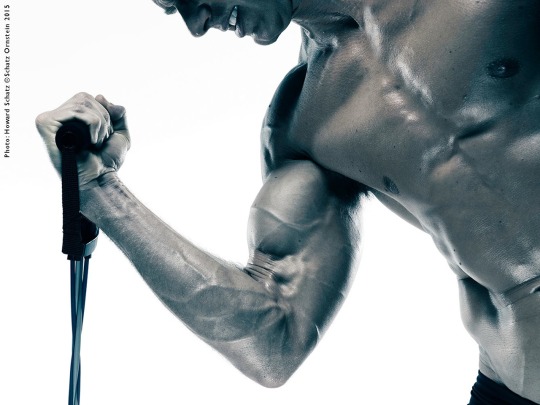
Accessing the Biceps.
Much of the editorial and commercial work for which I’ve used the mini gym came to us after “ATHLETE” was published.

This is an advertising image made for Isopure; model John Dougherty held and pulled on straps in his hands that were removed in post.
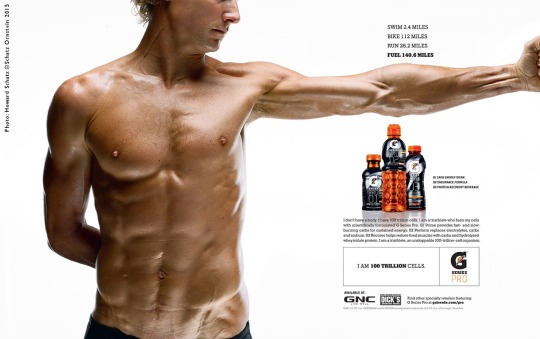
In this photo of the Iron Man world champion Chris Legh made for Gatorade, the gym was used to aid in emphasizing the special musculature of an ultra-marathon-type athlete.
(As veteran photographers know, it is a big no-no to crop off a hand or foot anywhere from the wrist or ankle down. When an advertising agency or magazine crops an original image like this, one look and one feels it, painfully.)
Using the “gym” I have done many magazine editorials, especially for Sports Illustrated, ESPN the Magazine, Time and Ring magazines
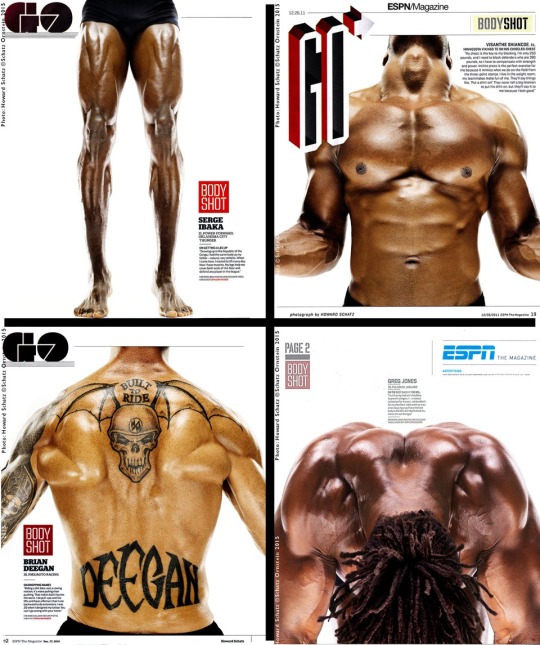
ESPN, The Magazine called frequently asking me to make muscular images for their BODY SHOT section that features a champion athlete with an especially developed and “cut” body, or body part.
Upper Left: The legs of Serge Ibaka, NBA power forward, Oklahoma City Thunder; Upper Right: The chest of Visanthe Shiancoe, NFL lineman, Minnesota Vikings; Lower Left: The upper back of Brian Deegan, dirt bike racing champion; Lower Right: The shoulder and upper back of Greg Jones, NFL fullback, Jacksonville Jaguars.
Essentially, many times photographs come about only from the search and discovery of means to an end. Facility in the physical, chemical and electrical world are all helpful in investigative questioning, diagnosing, dissecting, interpreting and eventually solving a wide spectrum of various problems. The gym is a result of solving a problem to reach a goal.
____________
Glitterati Incoprorated, the publisher of the Retrospective, Schatz Images: 25 Years is now offering the two- book boxed set at a discount from the original price. The set comes with an 11″x14″ print of the buyer’s choice.
http://schatzimages25years-glitterati.com
